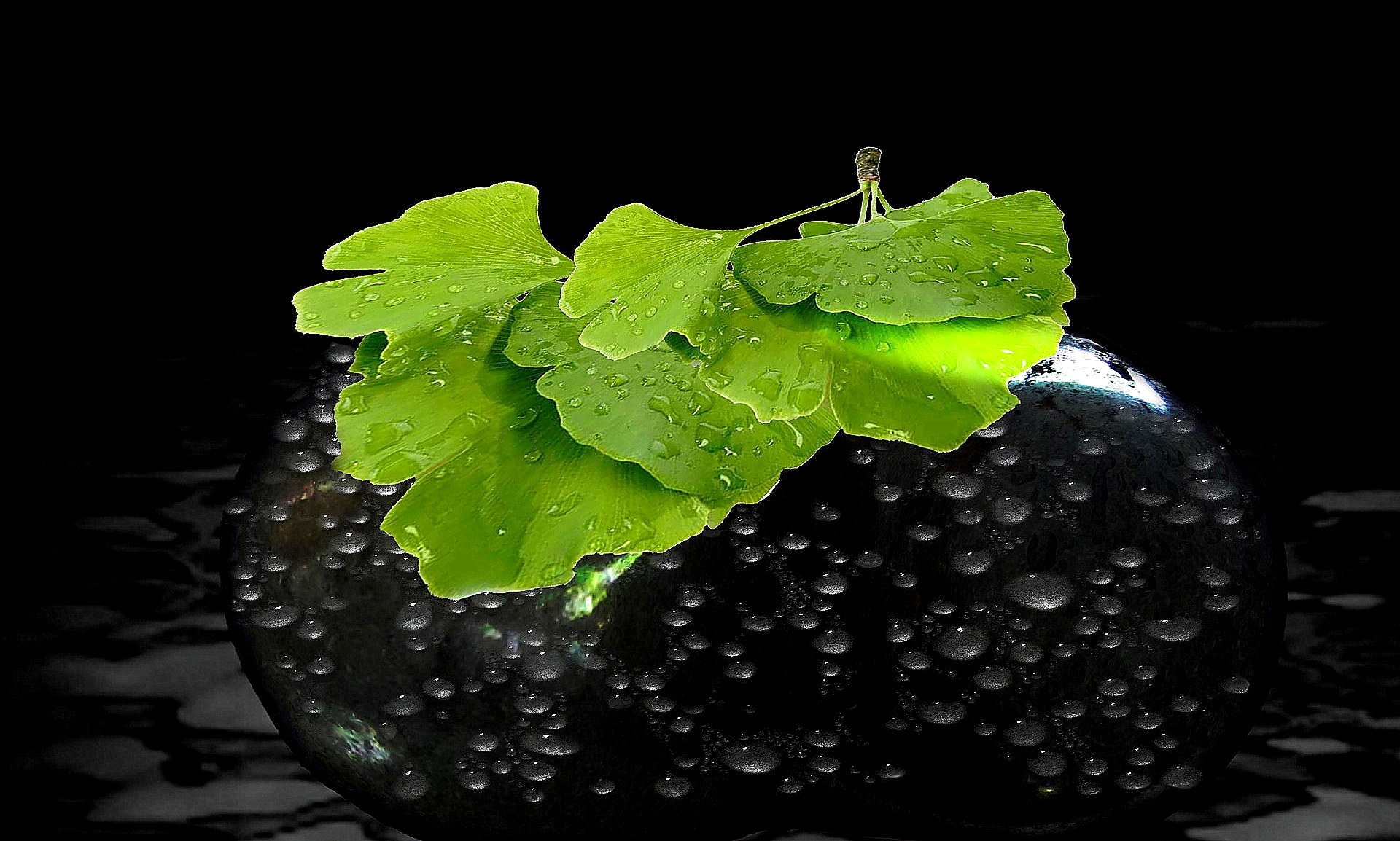“Homoeopathy works with energy or information transfer and effects via electromagnetic oscillations.”

This sounds plausible right away, but without more concrete information there is plenty of scope for one’s own interpretation.
Let’s take a closer look: During potentiation, water (or alcohol) is mixed with the desired healing substance and shaken (= mother tincture, homeopathic stock). The shaking process is intended to “dynamise” the mixture, in Hahnemann’s words. He imagined that something essential would pass from the original substance to the solvent. And he claimed that this would increase the more often one dilutes the mother tincture and carries out the special shaking process (succussion). The first of his statements is true, the second is still failed to prove evidence to this day.
There are many good reasons why such an “energy transfer” cannot take place:
-
- The entire concept of information transfer and storage presupposes that a permanent but not immediately visible “structural change” can be introduced into the water. We know information carriers such as paper, magnetizable hard disks or CDs with microscopically small recesses that can be read with the aid of a laser beam. But what could a suitable structural change of the water look like in detail, which degrees of freedom are possible? Electromagnetic excitation of the water molecules is physically possible, but – especially in a dense aqueous environment and at room temperature – not stable. After a very short time, the molecules return to their ground state. In any case, it is questionable how sufficient energy for an electronic excitation can be applied by simple shaking, because an electronic excitation requires a very high excitation energy per molecule (e.g. by UV light).
- The excitation of molecular vibrations requires significantly less energy than the excitation of electronic transitions. However, there is a lively exchange between the water molecules, including oscillation energy, which is why any deviation from the thermal equilibrium is corrected within a very short time. The supply of “shaking energy” may bring short-term energy into the water or the aqueous solution, but the kinetic energy of the turbulent flow generated in this way quickly dissipates into heat – the large vortices quickly disintegrate into smaller vortices, which in turn merge into the omnipresent molecular movement. The shaking thus (colloquially) leads to more disorder and not to a structuring or a directed transfer of energy from the mother tincture to the water. So it remains with potentiation – except for a significant entry of air into the water, which can hardly be avoided when shaking – only with a further and further dilution.
- At the molecular level, liquids are characterized by constant change as well as by lack of long-range order or regularity. It is not for nothing that all materials used to store any information are made of solid matter. Although small “areas” of fluctuating density are constantly formed within liquid water, which are held together by hydrogen bonds, the service life of a hydrogen bond at room temperature is in the order of one picosecond (0.000 000 000 001 sec, the time in which light travels about 0.3 mm), none of these structures is permanent. Somewhat more stable arrangements of water molecules can be found around foreign particles – e.g. the water molecules arrange themselves in such a way that they effectively shield the electrical field from dissolved ions – but these structures are also very short-lived and the “participating” molecules constantly change. Due to the very short exchange time of the molecules of these structures, it is impossible for them to be retained precisely because the foreign particles they cause only decrease in concentration as a result of successive dilution steps and finally disappear completely.
- It should also be noted that water molecules themselves are not arbitrarily stable – the autoprotolysis of water ensures that any water molecule dissociates into a proton and an OH ion approximately once every 10 hours at room temperature. Much faster, within milliseconds, neighbouring water molecules exchange their hydrogen atoms with each other.
- For the “memory of water”, which is often cited as an explanation of homeopathy, neither a functioning theoretical model could be presented nor convincing experimental evidence found. On the contrary, there are great doubts about this theory, and all the experiments carried out to support the idea could not be reproduced (repeated).
- Likewise, there are more than doubts about attempts at explanation with quantum theory, which is also gladly attempted. In general, homeopaths love their personal idea of quantum mechanics because it seems to confirm two central (esoteric) basic assumptions, namely the primacy of the “mind” over matter and the connectedness of all things. But correctly understood quantum mechanics says nothing of the sort. It is undisputed that quantum-mechanical units such as single electrons – measured by our everyday experience – sometimes behave rather bizarrely. This does not mean, however, that any arbitrary bizarre assumption applies or can be explained by quantum mechanics. With regard to the “energy transfer” assumed by Hahnemann in the potentiation, quantum theory (and also the generalized or weak quantum theory of homeopaths) does not help.
Ultimately, the “electromagnetic oscillations” often referred to by homeopaths are so diverse and omnipresent that a statement like “X works with electromagnetic oscillations” is as correct and at the same time as meaningless as the statement that a material “consists of atoms or molecules”. However, homeopaths do not comply with the request of critical scientists for more precision at this point. It remains with a “felt” knowledge, which is often peppered with physical terms and awakens the appearance of great depth. But behind it is emptiness.
Thus we can state that Hahnemann’s thoughts 200 years ago might have been plausible as a thought model, but against the current state of science, they are no longer tenable. We have too much knowledge about the behaviour of atoms, molecules, energy and oscillation, which was not yet known or even established at Hahnemann’s time. It is not to be expected that future research will change anything decisive about this – especially since the studies on the effect of homeopathy itself, quite independently of the assumed mechanism of action, do not indicate that there are any specific advantages beyond well-exploited placebo effects.
Picture Credits: Pixabay License



3 Replies to “FAQ 16 – Homeopathy works with subtle vibration / energy / information!”
Comments are closed.